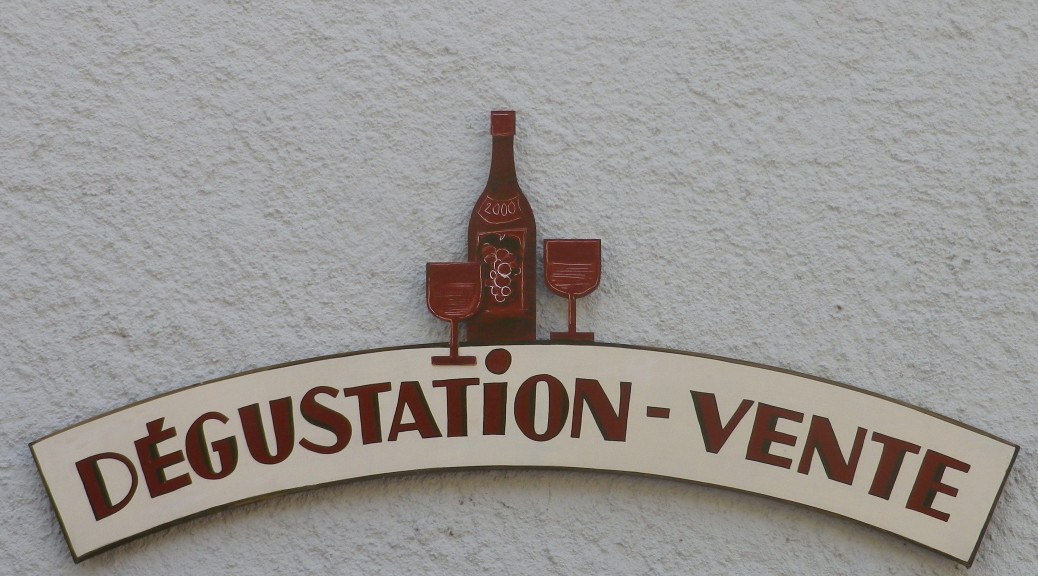What I Learned:
Switzerland has several wine regions, and this post covers the wines produced in the French-speaking Valais and Vaud Cantons, in the southwest of the country.
Canton Vaud has four has wine regions, but this post addresses only two of them.
The Lavaux region stretches along the slopes east of Lake Geneva. This wine region, containing the famous Terrasses (Terraces) de Lavaux, lies between Lausanne and Vevey. Romans established viticulture here, as they did in many sites. Later, medieval monastic foundations revitalized viticulture in the area, laying the seeds, so to speak (if not the vines), of much of what wine enthusiasts experience nowadays in terms of appearance, methods and techniques. Today, this terraced site has gained UNESCO World Heritage Site status.
But it is the variety of soils caused by the ancient Rhone River deposits and glacial deposits, resulting in both heavy and light soils, which gives wines from here their uniqueness. As a consequence of this geological activity eons ago, the same varietal planted in this region can have a wide range of expression even within tiny, neighboring areas.
An unusual method for training vines, the gobelet or bush pruning method, is another interesting note about the region’s viticulture. It is characteristic for Chasselas vines in this region. This labor-intensive method of vine training helps to maximize the grapes’ exposure to the sun. According to a signboard seen along the trail, this ancient practice of stake-supported “bush pruning”, results in 3 or 4 wooden stubs of woody vine with a couple of buds each, which develop into six to eight canes. The final flowering result looks like a goblet of green vines.
Several communities within this region have Appellation d’Origine Controllee (AOC) status, which helps guarantee quality. These are Vevey-Montreux, Chardonne, Saint Saphorin, Epesses, Villette, and Lutry. Additionally, Lavaux has two Grand Crus: Dezaley and Calamin. The AOC status must be identified on the label. (As in wine regions of France, the geographical name, not the varietal name, appears on the front label.)
The second wine region within the Vaud Canton is the Chablais region, which begins south of the lakeside town of Montreux, and stretches south to the border with the Valais Canton, Switzerland’s most prominent wine-growing region. It also has several communities with AOC status.
In both the Lavaux and Chablais regions, the focus remains almost exclusively on the white varietal Chasselas, known as Fendant in some Swiss communities, and Gutedel in Germany’s Baden region. Chasselas leaves are distinctively copper-colored in the spring. In the Lavaux region Chasselas wine has a minerality that can be pronounced.
What I Tasted:
Vaud
2013 Chasselas, Epesses, AOC Lavaux, Cave des Lilas: a dry, white wine, with refreshing acidity and tartness, light gold in color; slight floral notes, and hints of cedar and citrus with a stony minerality.
2013 Chasselas, Saint Saphorin, AOC Lavaux, Cave Beau Reveil (B. Testuz): a dry, white wine, light gold in color; slight floral notes and hints of vanilla; it is mildly acidic, with a steely minerality.
2013 Chasselas, Aigle, AOC Chablais, Cave des Lilas: a dry, white wine, with straw-like coloring; very, very slight hints of floral and citrus aromas, and very smooth, with little acidity.
